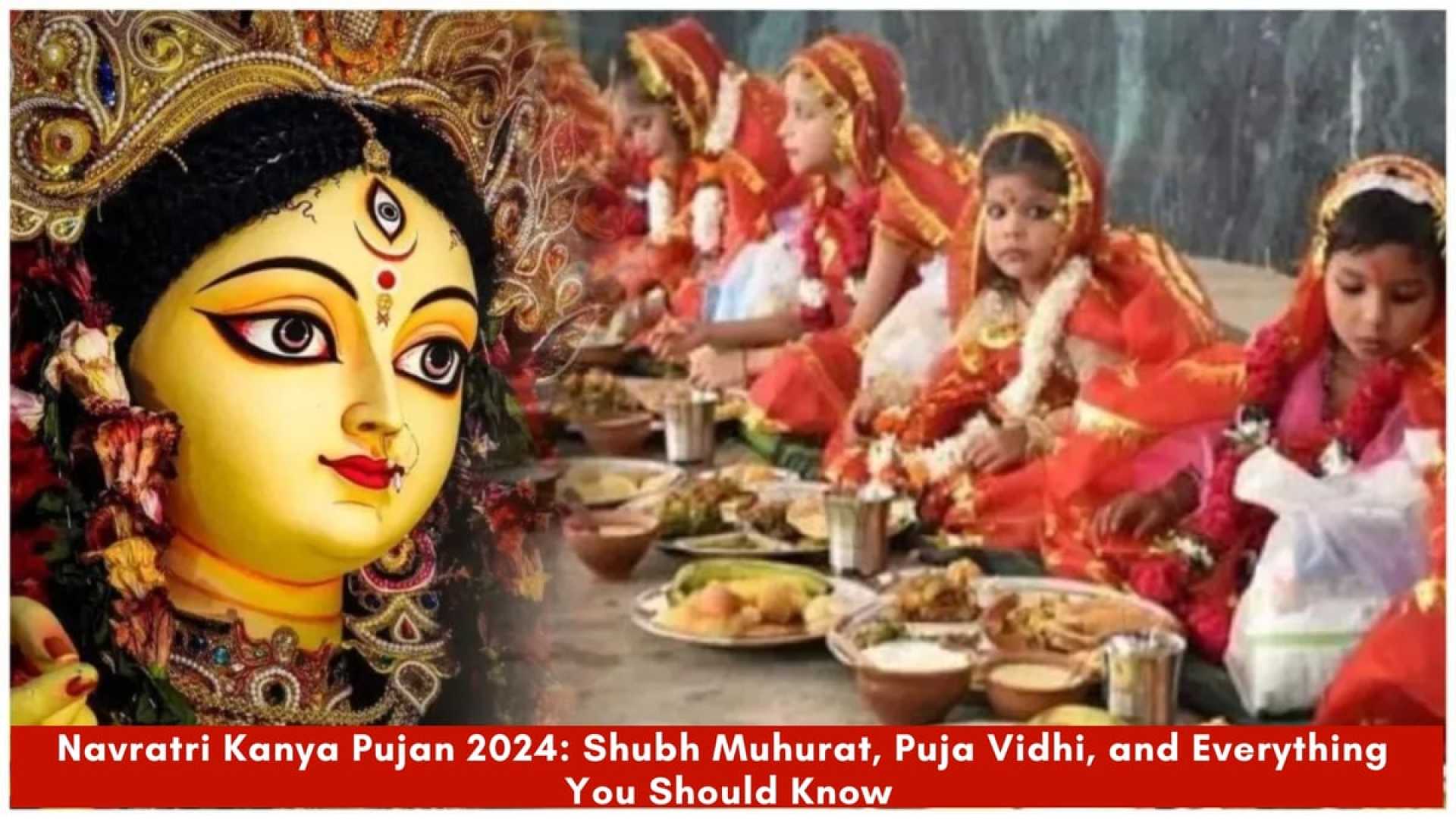News
Navratri Kanya Pujan 2024: Observance, Significance, and Rituals Explained

Kumari Puja, commonly referred to as Kanya Puja, Kumarika Puja, or Kanjak Puja (कंजक पूजा), is an esteemed ritual observed during Navratri and Durga Puja. This year, it will take place on Thursday, October 10, 2024. This ritual is celebrated to honor young girls as living embodiments of Goddess Durga. Kumari Puja accentuates the significance of feminine energy and purity in Hindu traditions.
The event aligns with important Navratri rituals, as explained by religious experts. Durgashtami, coinciding with Kumari Puja, will also occur on October 10, 2024. The Ashtami Tithi begins at 03:01 AM on October 10 and concludes at 02:36 AM on October 11. These timings are crucial for devotees partaking in the puja.
“Kumari” translates to a young unmarried girl, and this custom is geared towards venerating these girls as manifestations of divine power. Ideally, Kumari Puja is observed over the full span of nine days during Navratri. One unmarried girl is worshipped on the first day, with an additional girl included each day, culminating in a total of nine girls on the last day. Nonetheless, numerous devotees choose to conduct this puja solely on Ashtami or Navami, the eighth or ninth days of Navratri.
The significance of Kumari Puja lies in seeking the blessings of Goddess Durga through the worship of young girls. Each child is perceived as a representation of a different form of the Goddess, illustrating virtues such as strength, compassion, wisdom, and courage. The tradition of Kumari Puja highlights the critical aspect of respecting and safeguarding girl children in society.
According to religious texts, girls between the ages of two to ten are deemed ideal for Kumari Puja. Each age is associated with a distinct name and form of the Goddess, emphasizing diverse aspects of the divine feminine.
The execution of Kumari Puja involves several ceremonial steps. To begin, the puja area is thoroughly cleansed, and essential items such as flowers, incense, turmeric, vermilion, and various food offerings are assembled. The selected young girls are then invited into the household, where they are seated respectfully. Their feet are washed, symbolizing cleansing and reverence.
Prayers are then recited, focusing on mantras that honor each form of the Goddess akin to the girl’s age. These chants are believed to invoke the divine female blessings. A tilak, a small mark made with turmeric or vermilion, is applied on the foreheads of the girls, symbolizing purity and auspiciousness.
Traditional offerings comprising fruits, sweets, and meals such as ‘puri,’ ‘chana,’ and ‘halwa’ are presented to the girls. These offerings, recognized as Prasad, are later shared with family members and other devotees concluding the ritual. As a gesture of gratitude and respect, small gifts or monetary offerings are made to the girls.
Kumari Puja, a ritual emphasizing the purity and divine energy of young girls, continues to play an integral role in the Navratri celebrations. It serves as a reflection of the power, strength, and virtues symbolized by Goddess Durga.












